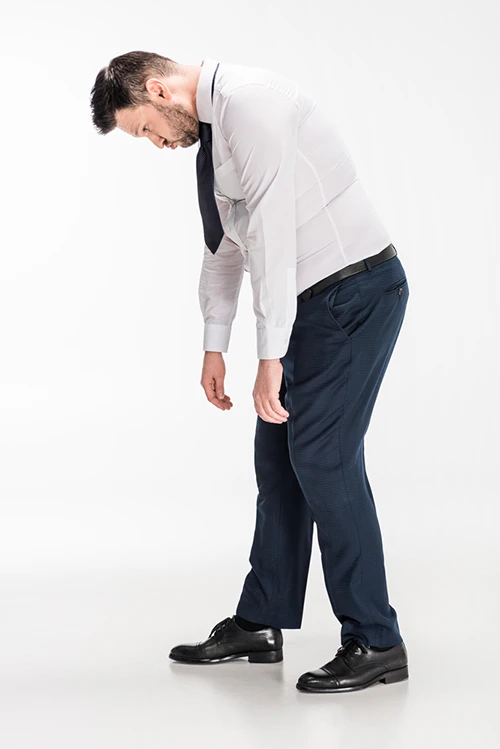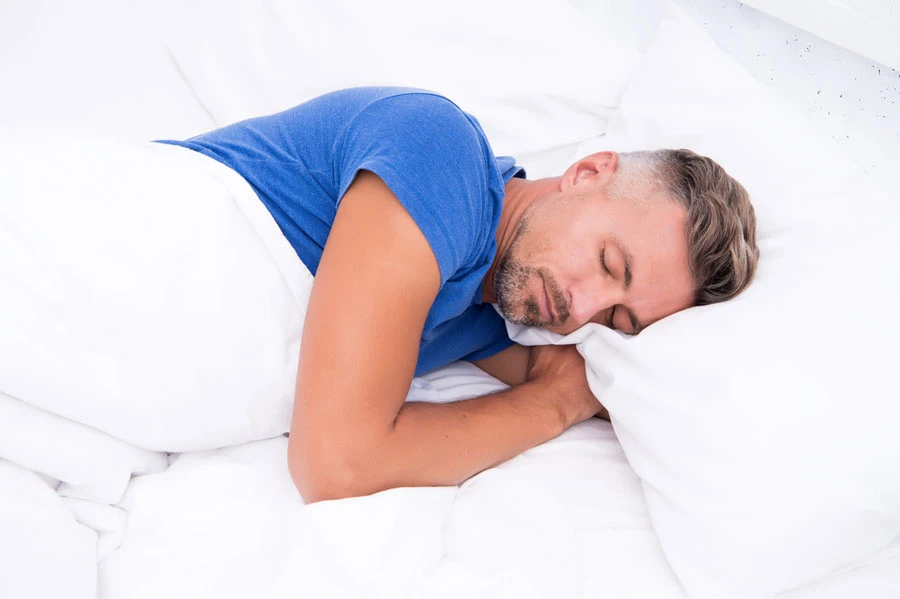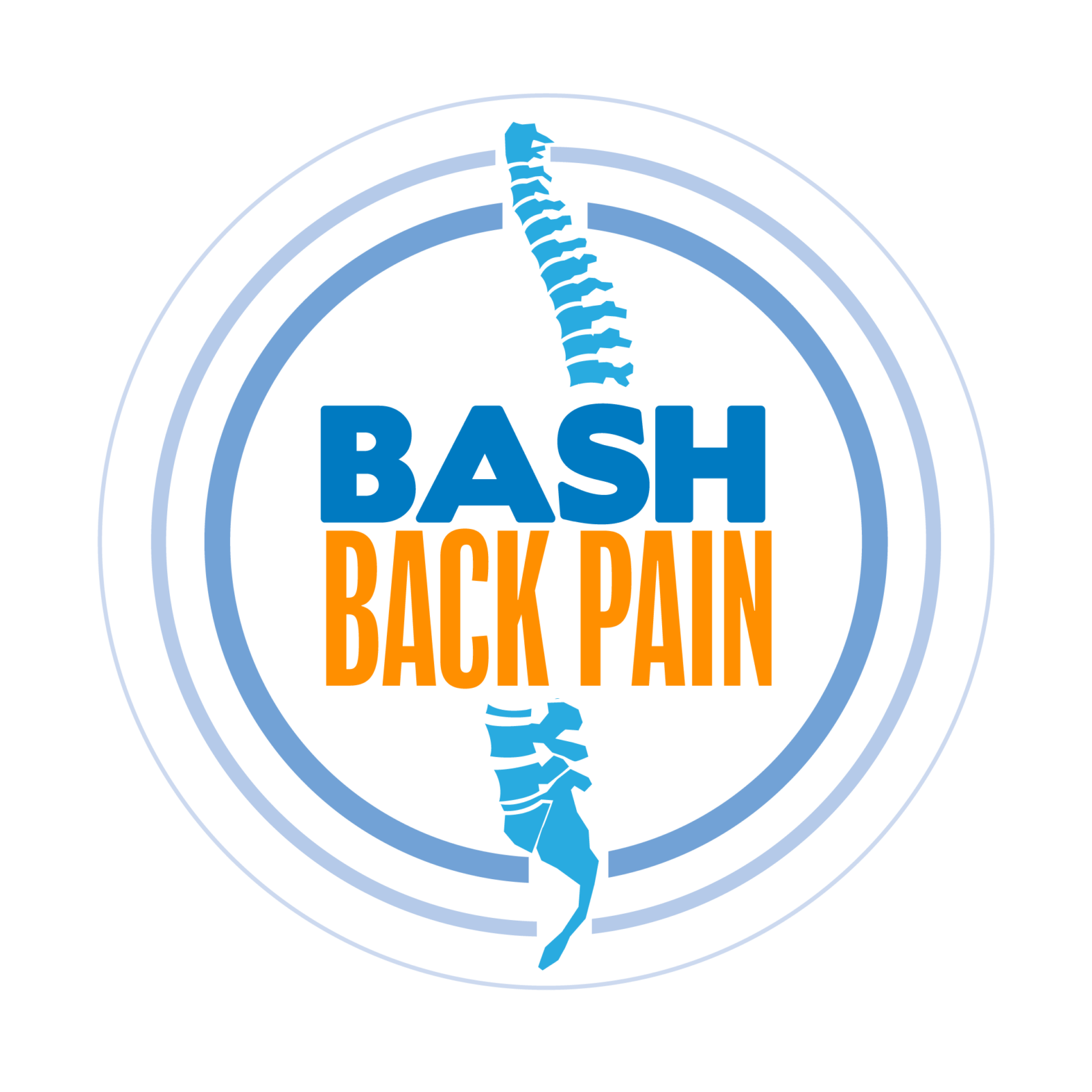“I wish I could say it isn’t that bad, but it is one of the primary struggles in my life. Like a demon that lays dormant”
Herniated discs or bulging discs can bring us a whole lot of pain both locally in the lower back and referred if the disc pushes on the sciatica nerve.
I remember when I was at my worst point I didn’t know if I would ever be able to walk properly again or do the sports that I loved.
The not knowing if you will ever recover or how long it will even take can leave many back pain sufferers feeling depressed and dejected as a feeling of hopelessness takes hold.
What to do and what not to do are vitally important when it comes to the healing of a herniated or bulging disc.
In this article I would like to cover 5 things you should be doing that will help your disc heal and 5 activities you should avoid during the healing process.
Sections
Top tips to deal with herniated disc
1. Hot and cold therapy can help relieve muscle tension and pain
Research has shown that applying heat and/or cold therapy to the lower back can alleviate muscle tension that is commonly present with a lumbar herniated disc.
Heat can help to loosen the muscle tightness that causes spasms, increase blood flow, and it improves the elasticity of connective tissue.
Cold can decrease the local tissue temperature which produces an analgesic and anti-inflammatory effect, thus reducing pain.
2. Avoiding flexion before noon
Bending forward during the first hours of the day can exacerbate already inflamed and irritated discs and avoiding this motion can prevent further aggravation of your symptoms.
A study was performed which looked at chronic back pain sufferers and the implementation of avoiding flexion (forward spinal bending) for the first four hours of the day (essentially before noon for most of us).

They found that those who avoided flexion for the first four hours of the day significantly decreased their pain intensity and number of days in pain.
In practical terms you need to minimize all forward bending for the first 4 hours of the day and aim to keep your spine upright and neutral.
For more information on that you can check out this article here – Quickest Way To Relieve Lower Back Pain.
3. Moderate physical activity
While it may seem counterintuitive, staying active can provide pain relief if you have a lumbar herniated disc. When you exercise the body releases endorphins, which can naturally improve your mood and reduce the perception of pain.
Most people with lumbar herniated discs are able to tolerate a low-impact activity such as walking and this has shown to be very effective in chronic back pain research studies.
Time to get your sneakers on and go for a short stroll.
If your pain is more severe, you may want to try a water-based activity, such as pool based physiotherapy.

Water-based activities are often recommended because the buoyancy of water counteracts gravity and decreases the load bearing placed on your spinal discs.
4. Certain sleep positions help relieve herniated disc pain
Pain from a lumbar herniated/bulging disc can worsen during the night and you may find comfort sleeping in a position that relieves pressure from the spine.
Here are a couple of good options:
- Use a pillow under your knees to help relieve tension in the lower back.
- Lie on your side with a pillow between your knees to keep your spine straight and hips balanced.

Your preferred sleeping position and pillow placements will likely be determined by the location of your herniated disc. Try a few different pillow and positions to see what works best for you.
You can check out this article for even more ideas on sleeping positions – Best Sleep Positions For Lower Back Pain.
5. Decompression stretches
Decompression is essentially where you create space between the vertebra in your spine and this can help a herniated or bulging disc to reabsorb back into the space thereby relieving pressure on the surrounding nerves and tissues.
You may have heard of various machines that do decompression movements or inversion tables where you are hanging upside down.
Decompression therapy has been studied in the literature with positive results but the treatments can run into thousands of dollars and not everyone wants to hang like a bat from a tree.

However, the same if not better results can be achieved by specific at home decompression stretches.
Here is a video below of an at home decompression stretch for the lumbar spine region.
As you can see there are many things you should be doing to ensure you create the optimal conditions for your herniated disc to heal.
However, you should also be aware of the things you should be avoiding that would aggravate the disc and cause you more pain.
What activities should you avoid with a herniated disc
Below are 5 of the things you should try to avoid when recovering from a herniated disc.
1. Excessive bed rest
Although bed rest was once considered a critical part of back pain recovery, it has now been shown that, too much bed rest does nothing to help you heal and at its worst, it will even worsen your herniated disc.
When reviewing the data researchers concluded that 2 days of bed rest for acute lower back pain was as effective as 7 days and resulted in less time lost from work.
So now the rule of thumb is no more than 2 days of bed rest and the best thing you can do for a herniated disc is to keep fairly active.
Of course you need to make sure you are doing the correct activities as too much of the wrong activities can also hinder your recovery.
Balance is key and that is why you will need to avoid some of the activities listed below.
2. Sitting for too long
Sitting puts more stress on your spinal discs, especially when slouching forward in a seat as this creates flexion of the lower back.

To lessen the pain from a herniated disc in the lower back (lumbar spine) try to stand up, move around, and practice the avoiding flexion before noon that I mentioned earlier.
3. Gardening and yard work
Working in your garden can often worsen your disc pain, as it normally involves heavy lifting, forward-bending, and twisting.
These are all motions that will aggravate your discs, increase your pain and hinder the healing process.

If you are able to maintain the natural curvature of the spine, can avoid twisting, and keep yourself from bending over, you may be able to get some light garden work in.
Just make sure it’s not too difficult and that it doesn’t cause you pain.
4. Vigorous exercise
Even though exercise is still recommended you should aim to avoid high-impact activities or other movements that place too much stress on your spinal (lumbar) discs.
Stay away from activities that cause repetitive loading on your lower back or involve rotational movements such as golf, running, jumping rope and ice hockey.

Take care at the gym and skip movements such as squats, deadlifts and leg presses as these will also aggrevate a herniated disc.
Lastly, avoid things like toe-touches, sit-ups, and certain yoga poses that involve significant forward bending of the back as this will likely lead to an increase in your pain.
5. Vacuuming
Although there is not much forward bending needed with vacuuming you can still suffer pain and disc irritation from this activity.
Most people vacuum by using the one arm and pushing and pulling backwards and forwards which can cause pain with a herniated disc.

Instead of using one arm it is recommended to stand behind the vacuum and place both hands on the handle and push it with your legs.
This helps remove the stress from your lower back and let’s your legs do the work instead of your arms.
Failing that another option would be to buy a robot vacuum cleaner where you can set it and forget it.
If you commit to using good, supportive posture to help relieve pressure on your spinal discs and nerves you will increase the chances if it healing successfully.
If you need more help with your herniated/bulging disc I suggest you check out my 21 day lower back pain recovery challenge which you can find here – Lower Back Pain Recovery Challenge.

